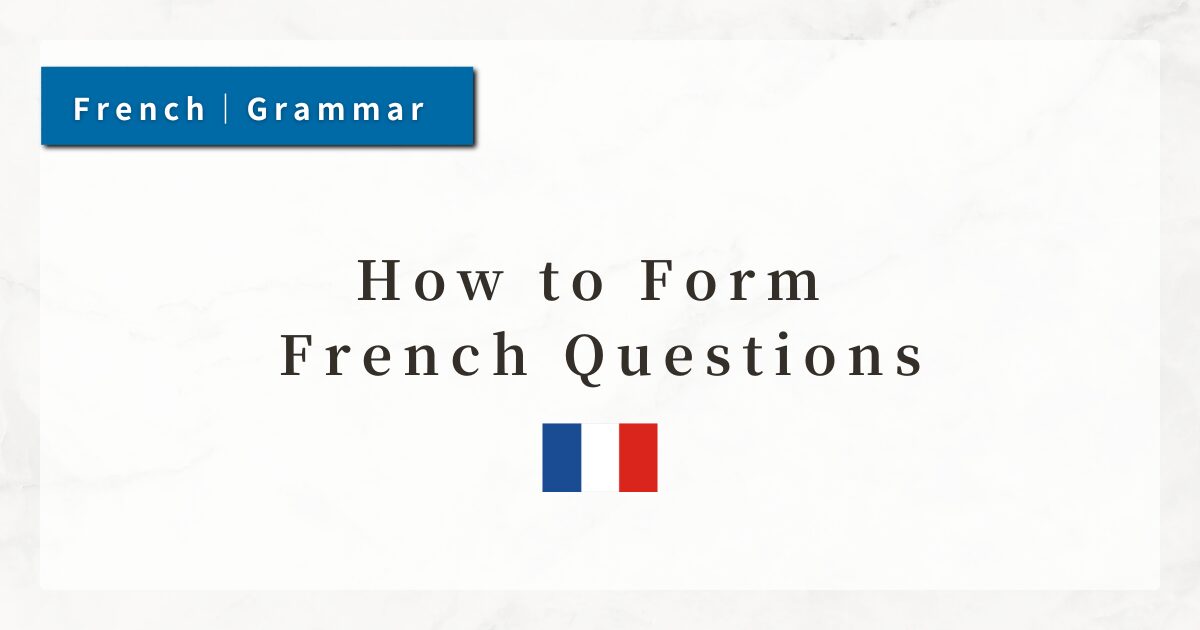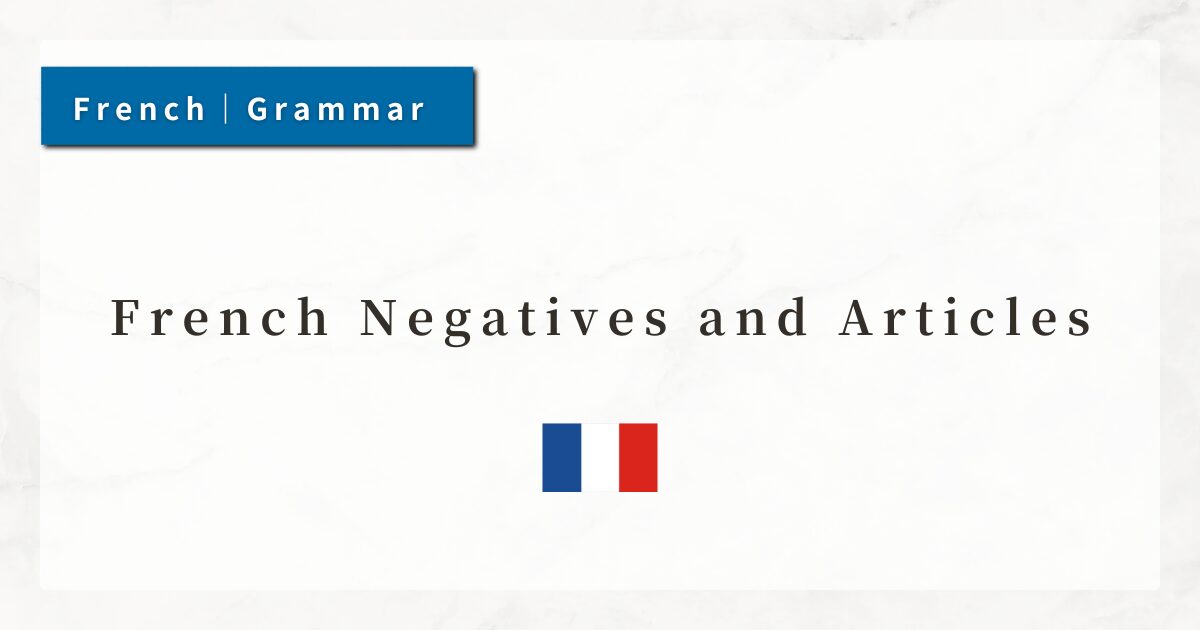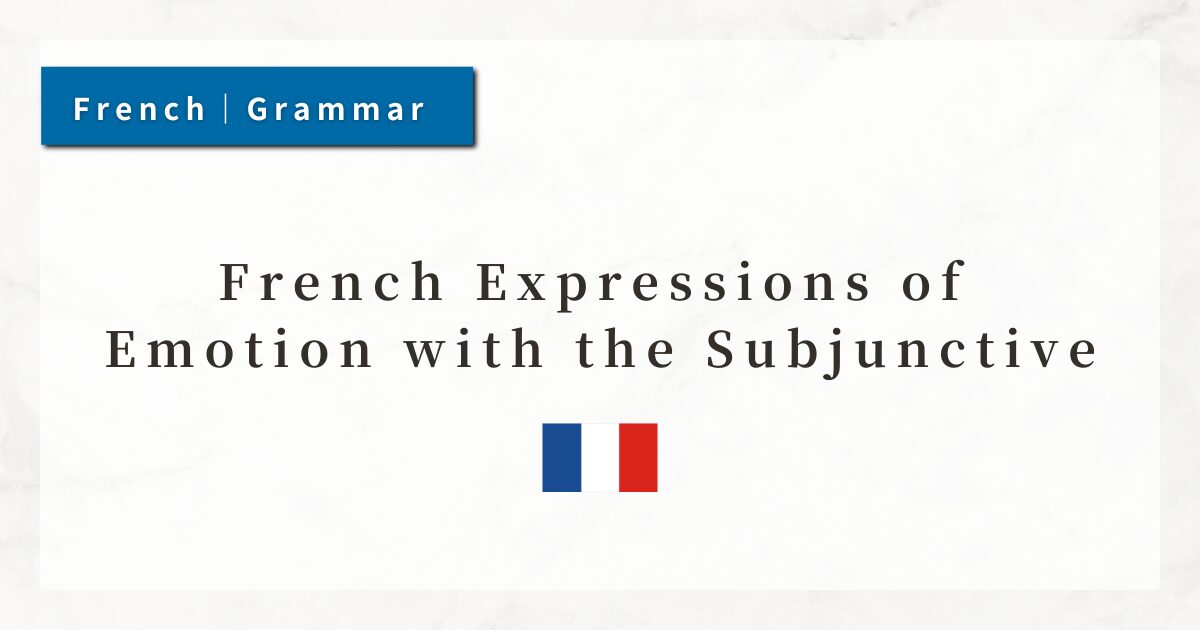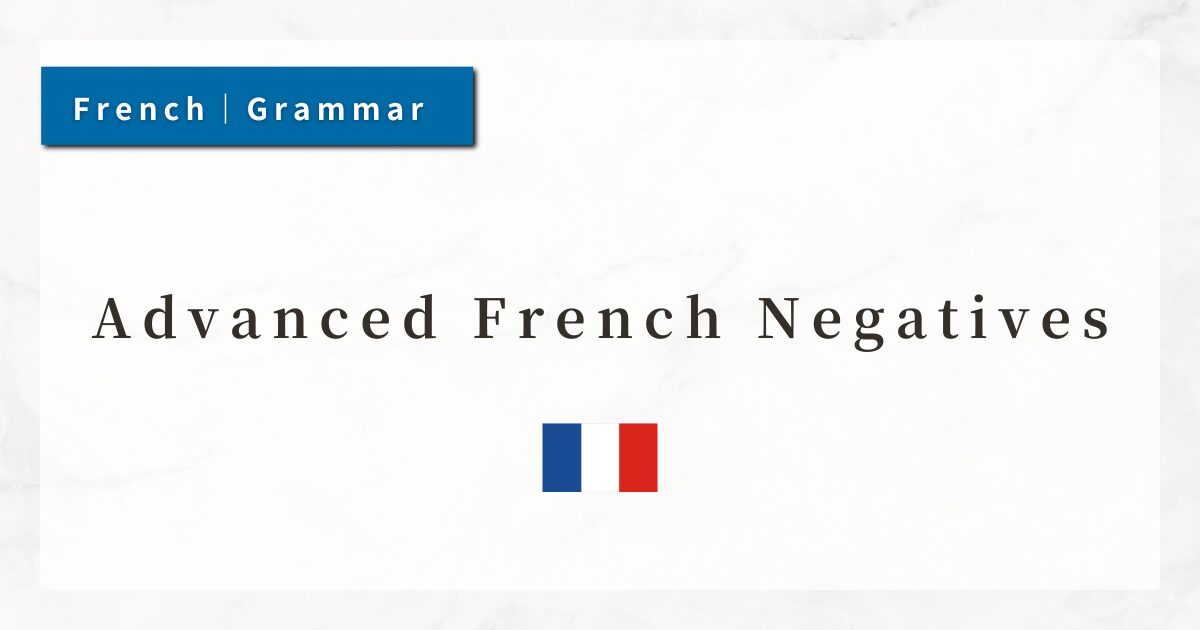#73 French Pluperfect Subjunctive (subjonctif plus-que-parfait) | Conjugation and Usage
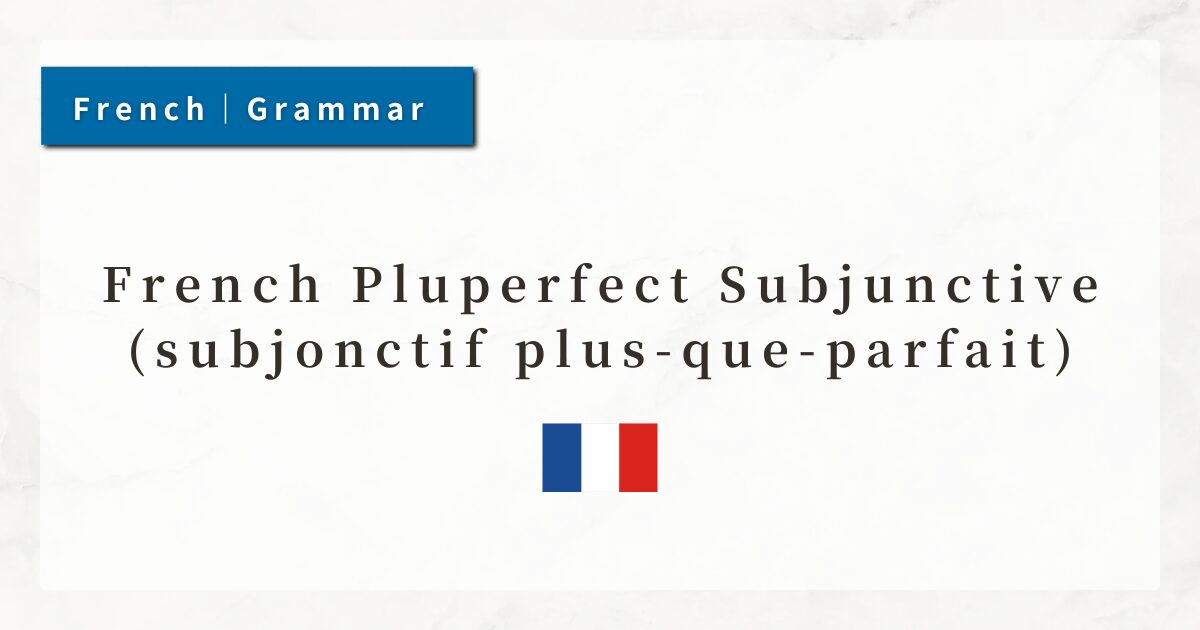
The pluperfect subjunctive is one of the most formal and archaic tenses in French grammar. In modern spoken French, it is not used and is almost always replaced by the past subjunctive.
Therefore, its learning priority is low. However, it still appears in literary works, historical texts, and classical plays, so understanding it is useful for improving reading comprehension.
In this lesson, I will explain the grammatical features and usage of the pluperfect subjunctive.
1. Formation of the Pluperfect Subjunctive
The pluperfect subjunctive is formed with:
“auxiliary verb (avoir / être) in the imperfect subjunctive + past participle.”
Its structure resembles that of the pluperfect (plus-que-parfait) and the conditional past, but the auxiliary verbs take special subjunctive-imperfect forms that are rarely seen today.
- que j’eusse parlé
(if I had spoken) - qu’elle fût arrivée
(if she had arrived)
The forms eusse (from avoir) and fusse (from être) are specific to this tense and occur almost exclusively in literature.
Although these forms may feel unusual at first, with exposure they become recognizable as markers of the pluperfect subjunctive.
2. Usage of the Pluperfect Subjunctive
The pluperfect subjunctive expresses hypothetical situations in the past or conveys a sense of past completion. In modern French, the same meaning is typically expressed with the past subjunctive.
2-1. Unreal Conditions in the Past
It is used when describing something that did not actually happen.
- Je ne croyais pas qu’il eût compris la situation.
(I did not believe that he had understood the situation.)
Modern French: “Je ne croyais pas qu’il ait compris la situation.”
2-2. Subordinate Clauses in Past Contexts
When the main clause belongs to the past, the pluperfect subjunctive may appear in the subordinate clause.
- Il doutait qu’elle fût arrivée avant lui.
(He doubted that she had arrived before him.)
Modern French: “Il doutait qu’elle soit arrivée avant lui.”
3. Comparison with the Past Subjunctive
In contemporary French, the pluperfect subjunctive has been almost completely replaced by the past subjunctive.
- Past subjunctive (modern usage):
Je ne crois pas qu’il ait compris la situation.
(I do not believe he understood the situation.) - Pluperfect subjunctive (archaic/literary):
Je ne crois pas qu’il eût compris la situation.
(Same meaning, but expressed in a classical style.)
Thus, there is no difference in meaning between the past subjunctive and the pluperfect subjunctive. The distinction is stylistic rather than functional.
Since it is not used in conversation, memorization is not a priority. Still, recognizing it can greatly help in reading literature, classical drama, and historical documents.
4. Summary
- The pluperfect subjunctive is formed with “the imperfect subjunctive of the auxiliary verb + past participle.”
- It is used for unreal conditions in the past or in subordinate clauses within past contexts.
- In modern French, it is replaced by the past subjunctive.
- It is no longer used in conversation but still appears in literature and historical texts.
- Learners do not need to memorize it actively; being able to recognize it is sufficient for reading.

